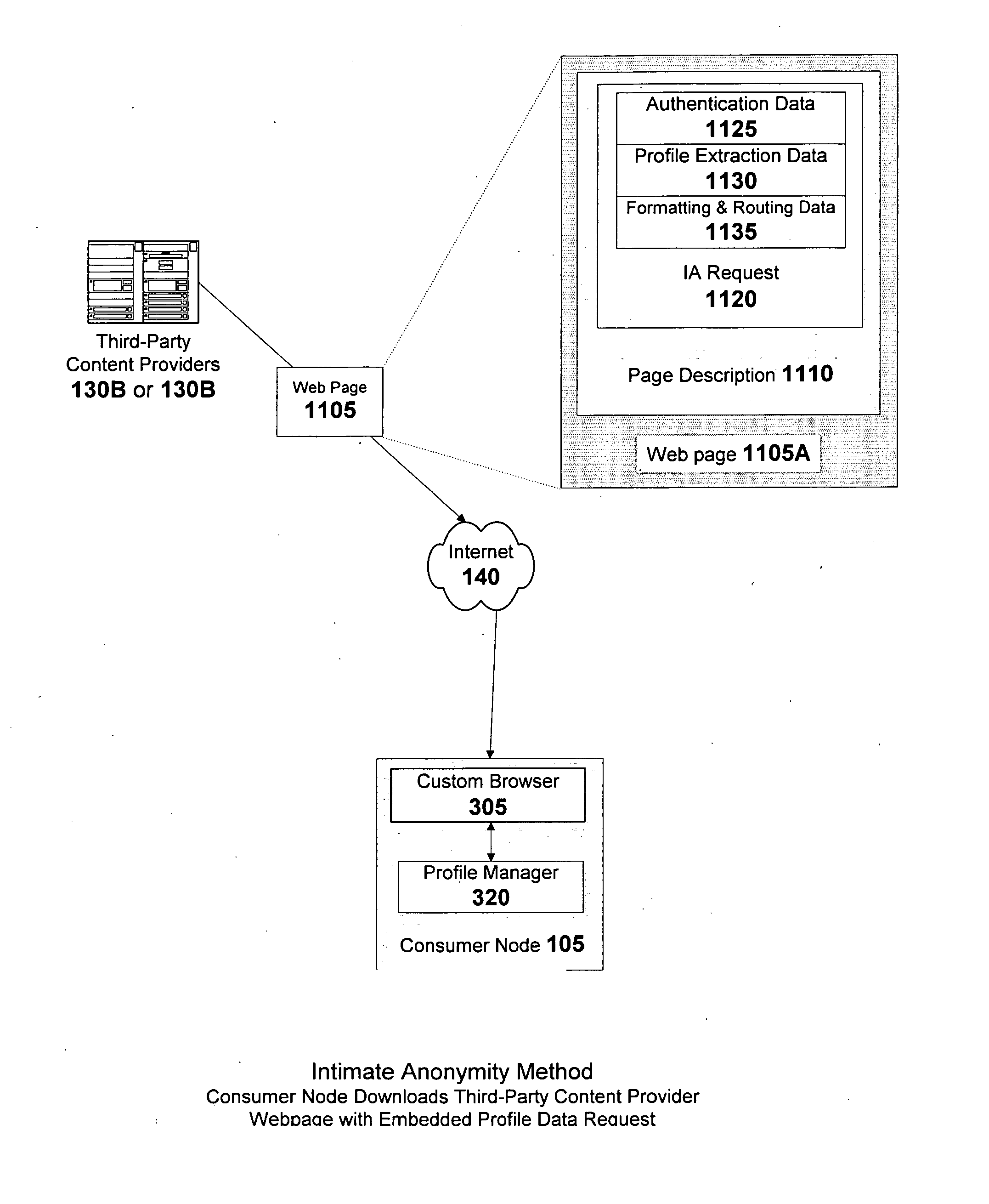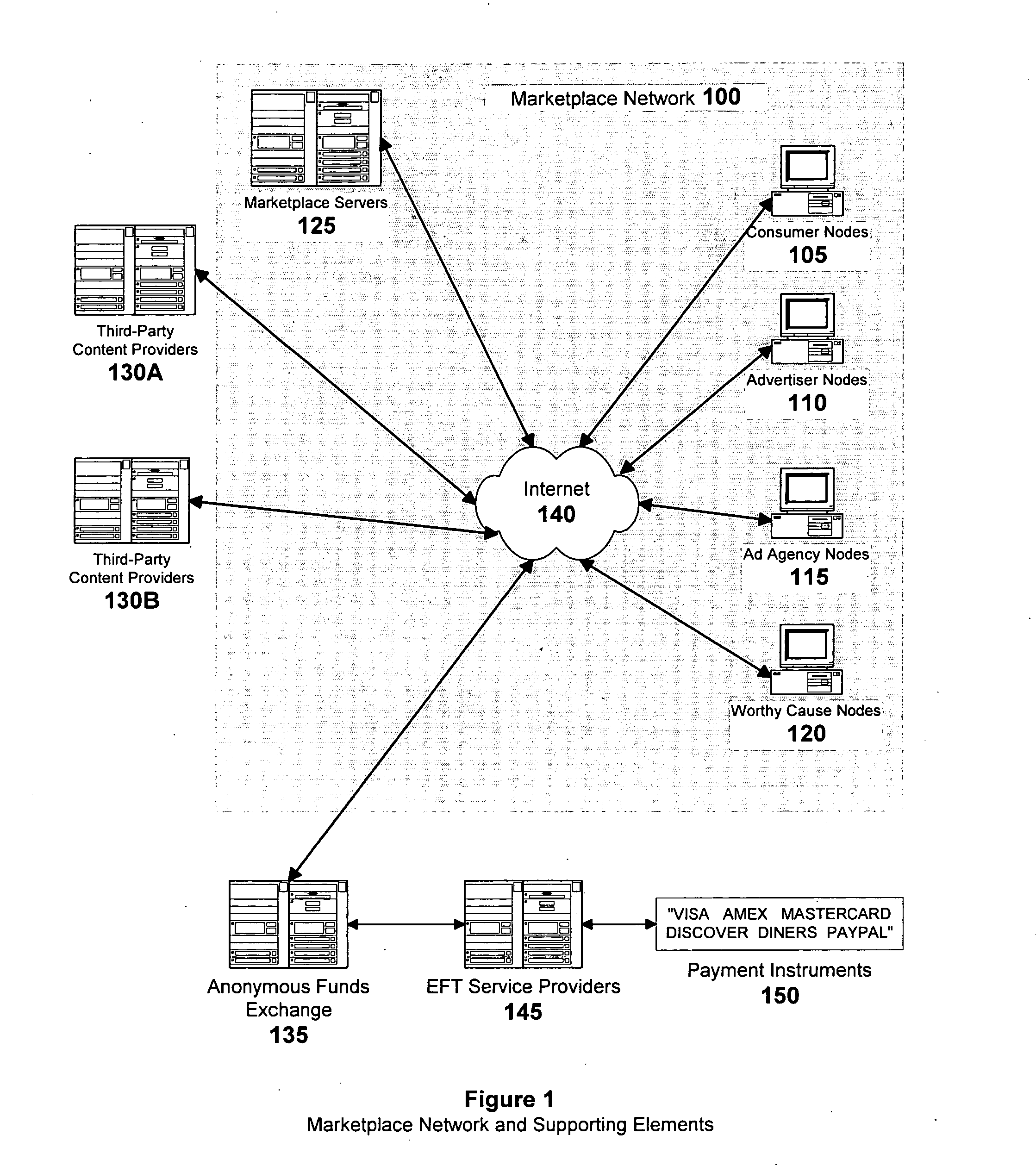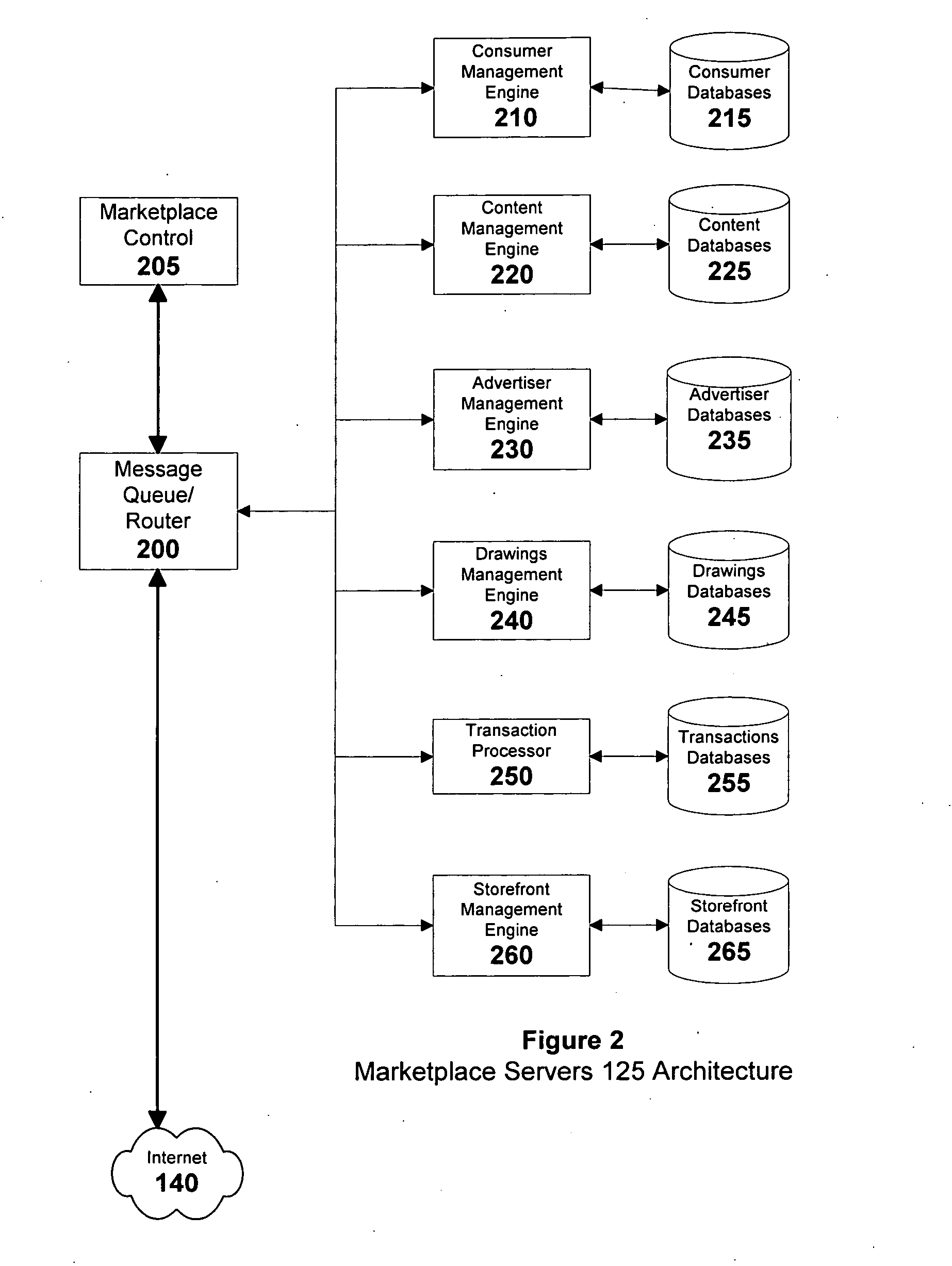We do not add all submitted URLs to our index, and can't make any predictions or guarantees about when or if they will appear.’ Websites that have not yet been indexed are part of the
deep web.
Unlike static web pages, dynamic pages cannot be indexed by current spider or crawler technology.
Moreover, regenerating dynamic pages
on demand usually requires the use of cookies (transient data files) which search engines, by design, cannot accept.
If popular search engines eventually overcome the logistical and technical hurdles of indexing the
deep web—keeping pace with the expanding surface web, indexing encapsulated content, and indexing dynamic content—they will still retain existing weaknesses which compromise their potential value to users: As additional content is indexed,
search engine results may grow larger, but not necessarily more useful.
Consequently, Web sites that have not attained top
search engine rankings are effectively invisible to target online audiences.
Successfully indexing the content of the deep web may dramatically increase the quantity of matches found, but if users typically view only the first three pages of search results, then the number of subsequent pages, whether it is 10 or 10,000, may be of limited or of no value to the typical user.
The page
ranking algorithms used by most search engines are frequently tricked into generating inaccurate results through tools used by website operators to monitor the activity of their site links on search engines.
The skills needed are not trivial, and with costs cited by SEOToday.com in Behind the Scenes at the SEO Industry's First Buying Guide, at “$500 to $5000 per month”, SEQ services are beyond the economic means of most website operators.
Search engines using human editors to rank websites may provide arguably better results than
machine-calculated methods, but the costs and logistical challenges of indexing and
ranking websites using paid human labor has effectively marginalized this approach.
In the case of
search engine page
ranking, the group size may be extremely large, but knowledge of the individual user, which is limited to their query, and of the groups offering ‘opinions’ by clicking on search engine links, is so broad and inferential as to be nearly meaningless.
Search engines deliver thousands of results to most queries because they must—with so little knowledge of each individual user, weak
collaborative filtering necessarily yields results characterized by quantity rather than quality.
Because search engines have no user context in which to place their query, the burden to specify relevant content is placed on users based on their skills in articulating their own unique needs and interests.
Presently, search engines cannot index or provide direct access to the overwhelming majority of the web.
Search engines use page ranking algorithms that are easily corrupted by
search engine optimization techniques and services, and are based on models which generate search results for the
mass consumption of undifferentiated users.
While search engines are improving, they do not appear to be getting any smarter about their individual users—whether they are using a search engine for the first time, or the 10,000th time, each user remains an undifferentiated stranger to their favorite
content discovery tool.
Since each user'
s link organization and taxonomy is unique, there is no way to effectively automate the sharing of links among them—to enable each user to benefit from the time and energy invested by like-minded users in their own searches for similar content, frequently hidden in the deep web.
HTTP,
HTML and the first widely used
web browser—Mosaic, were originally designed in the early 1990s when connection speeds to
the Internet were extremely slow (1.44 or 2.88 kilobytes per second) and the average
home computer had relatively limited
processing and storage resources.
As the popularity and number of users of any website grows, the
server resources needed to maintain persistent connections and state with hundreds or thousands of concurrent
client sessions would dramatically degrade performance and drive up website infrastructure costs.
The inability to share user data across websites is a result of several factors: Websites do not share a standard or normalized format for inputting personal data.
As an example, ‘Please enter your
date of birth’ and ‘When were you born?’ are easily read and understood by human users to be the same request, but automating that recognition requires sophisticated algorithms and complex semantic dictionaries.
Given the range of possible data that might be requested and the possible ways each request could be phrased, the algorithms and dictionaries would be difficult to implement using a fat-
client model and nearly impossible to implement using the
thin client model which characterizes the web currently.
The widespread and highly publicized abuse of personal data,
ranging from its use in triggering spam to facilitating
identity theft has made
the Internet-using public wary of any such service, despite the conveniences it may offer.
Cookies are fairly primitive and limited in the amount of data they can capture in each user's visits.
Such transactions, commonly referred to as ‘micro-
payment’ transactions, are unattractive to both buyer and seller—neither party is willing to absorb the disproportionate transaction fee.
Advertising Age's aggregation model inconveniences the buyer—their money is spent in advance of value received, and they must
commit to future purchases to which they otherwise might not be inclined.
Again, the
consumer suffers the inconvenience of prepayment before they even decide what they are going to purchase.
To date, however, no
payment mechanism exists which enables consumers to purchase single game highlights, one song, one
magazine or newspaper article, or other such low cost item of
digital content without paying a disproportionate
transaction processing fee or committing to additional future purchases.
The discovery of relevant content, goods and services websites remains each user's personal challenge and burden.
Once discovered, users often visit their favorite content websites and online retailers as undifferentiated strangers, largely due to the constraints placed on websites by a primitive and outdated, but firmly entrenched
web browser model.
Without advertising, consumers would be required to invest unreasonable time and energy to discover what's new, what's available, what's worth buying and where to buy it.
This was as true a century ago as it is today, but over that interval, the business of advertising has changed dramatically into a highly complex and risky endeavor.
Audience differentiation is often superficial and highly assumptive.
First, advertisers need to increase the
odds that prospective customers are receiving their messages—if a
consumer is not ‘tuned-in’ to the venue used by the advertiser while their ad is showing, perhaps they'll see it one of the many times it is subsequently aired.
Second, advertisers have long recognized that repeated
exposure to their message is required grab
consumer attention, and then progressively move them down the path of purchase consideration to eventual purchase.
The initial success of targeted marketing using
database-driven direct mail was short lived—the progressively lower costs enabled by newer technologies led to such widespread and indiscriminate abuse that
database marketing eventually came to be perceived by consumers as simply unsolicited and irrelevant junk mail.
The profits from the responsive consumers underwrote the costs of carpet-bombing those consumers on whom the message was wasted—consumers who did not have, nor were likely to ever develop, a propensity to purchase the goods or services being advertised, and on those consumers who may have already purchased the product and, as a result, were no longer in the market to buy.
Over the past three decades, a convergence of events has progressively changed the calculus of
mass marketing and eroded its effectiveness as a selling medium: As consumer product and services companies spent ever increasing dollars on advertising to
gain or protect their share of markets from competitors, the volume of advertising increased dramatically.
By 1990, various studies cited by articles appearing in The New York Times, Business Week and The Economist claimed that consumers were being bombarded with upwards of 3,000 commercial messages per day, and as a result, were growing indifferent and inattentive to advertising.
The emergence of new technologies and the disruptive economics which they enabled have effectively cannibalized once aggregated
mass media audiences and scattered them across hundreds of thousands of newer and smaller destinations where they have proven difficult for advertisers to find and target.
As a result, ad campaigns have necessarily grown more complex—simple campaigns of repeating the same ad on the three major television networks to reach the majority of the buying public are no longer possible—excepting events like the Super Bowl and the Academy Awards, a majority of the buying public can no longer be found aggregated in any one venue.
Advertisers no longer feel confident that their messages are reaching their intended audiences and even less confident that their intended audiences are being engaged.
When consumers are instead conditioned to believe that most ads are irrelevant to their own particular needs, wants and dreams, they eventually become unwilling to invest the time and attention needed to discover which ads might actually pertain to them.
After an impressive early success, permission-based email marketing suffered a fate similar to its direct mail counterpart, but on a far larger scale.
Unlike direct mail marketing where every piece mailed has associated printing and postage costs, the cost of electronically reproducing and sending email ads is so low as to be largely insensitive to volume.
Ironically, by indiscriminately polluting both with junk mail, marketers may have squandered an opportunity to
exploit mail's potential as the ideal one-to-one marketing venue.
The growing success of search engine marketing may be temporary—like permission-based email marketing, it may become a victim of its own success.
Search engine's pay-per-click model is increasingly exposing advertisers to the growing risk of click-fraud, whereby ads are intentionally and maliciously clicked by competitors, by disgruntled employees, and by click-bots—programs run by illegal services which automatically and repeatedly click keywords with the intent of interfering with the normal performance of search engine marketing and artificially driving up advertiser costs.
As search engine marketing gained popularity, the increased bidding competition for keywords has driven average click costs high enough to imperil the pay-per-click model.
The
attack—dubbed keyword hijacking—is difficult to prevent because it takes
advantage of a design feature of Google Adwords rather than a flaw, he added.
As cited in CNN / Money, Google CFO: Fraud a Big
Threat, Dec. 2, 2004, ‘A top Google official said that growing abuse of the company's lucrative sponsored ad-search model jeopardizes the popular Internet search engine's business.
“I think something has to be done about this really, really quickly, because I think, potentially, it threatens our business model,” Google Chief Financial Officer George Reyes said Wednesday.
She was being victimized by “
click fraud,” a scam that threatens to
squelch the
online advertising boom that has been enriching Google Inc., Yahoo Inc. and their many business partners.
As
click fraud becomes more prevalent, search engine marketing as an advertising venue becomes increasingly risky for small businesses.
Malicious ad clicking can rapidly and unexpectedly drive up campaign costs and cripple a small businesses' cash flow.
Presently, GMail has not credibly automated the analyses of keyword contexts—a GMail message in which the user complains about their aging car, and a GMail message in which a user brags about their new car, each having dramatically different marketing implications, will both display the same embedded car ad in emails subsequently received by the user.
Privacy advocates have reacted strongly to GMail, which potentially exposes its users to a loss of privacy.
A California state senator proposed a law to ban the advertising function . . . . One key risk is that because GMail gets your consent to be more than an e-mail delivery service—offering searching, storage and shopping—your mail there may not get the legal protection the ECPA gives you on E-mail.” Passed in the 1980s, the Electronic Communications Privacy Act (ECPA) declared that e-mail is a private means of communication, that police need a wiretap warrant to read your e-mails, and that e-mail company employees cannot disclose any e-mail contents to other parties.
Users of GMail are not the only parties that are thus affected—users of other mail services sending email to GMail users share the same
exposure, and while non-GMail users can avoid sending email directly to GMail subscribers, they have no such knowledge or control over whether other recipients of their email might in turn forward their messages to GMail subscribers.
Dell says 12 percent of its tech-support calls involve spyware, a problem that has increased substantially in recent months.
In summary, companies generally view advertising as an increasingly risky investment with growing uncertainty and costs, and shrinking accountability.
The potential of the Internet to re-aggregate consumers, re-
gain consumer attention, and re-engage consumer interest is largely unfulfilled.
 Login to View More
Login to View More  Login to View More
Login to View More 


